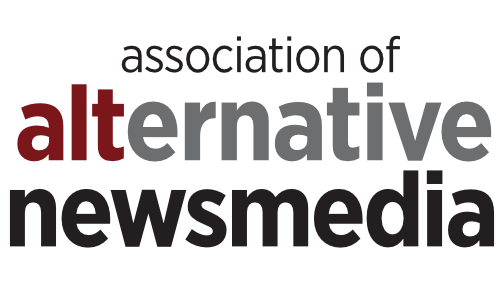“As new technologies are invented and bandwidth continues to expand, ink-on-paper newspapers will become a thing of the past,” said Executive Director Richard Karpel as AAN’s first Web Publishing Conference began this weekend in San Francisco. “Now is your opportunity to begin to turn the ship around before that happens.”
A real sense of urgency pervaded this weekend’s event at the Holiday Inn Golden Gateway, an intense, two-day program that covered everything alt-weeklies need to know to be successful on the Web.
More than 120 AAN members with varying agendas made their way to the City by the Bay. Some electronic-publishing personnel attended the conference to arm themselves with arguments to convince their publishers to devote more attention and resources to their Web sites. Others, like Monterey County Weekly Publisher Erik Cushman, came because they are ready to expand their Web operations and were eager for new ideas. “I’m looking to learn more about optimizing the revenue-generating potential of our site,” he said.
Which was exactly the focus of one of the conference’s most popular speakers, Dave Morgan, founder and CEO of Tacoda Systems and former CEO of RealMedia. “The looming battle is for local advertising,” he told attendees. “Businesses spend $120 billion on local advertising each year. There are 11.5 million advertisers in your markets that aren’t with Google yet. What will they be buying from you?”
Jill Whalen of HighRankings.com followed with a session on how to make sites more visible to search engines. Web publishing consultants Michael Gold and Susan West demonstrated how alt-weelies can use social-networking sites like Digg and Technocrati to drive traffic to their sites. Xavier Casanova of Perenity overcame technical problems with his laptop to explain how to analyze Web traffic. And Thomas Burke of Davis, Wright, Tremaine, focused on the butt-saving potential of Section 230 of the Communications Decency Act, which protects Web publishers from liability for potentially actionable postings by their users.
On Saturday, Jackson Free Press Publisher Todd Stauffer showed the power of user-generated content. R. Scott Horner of Swarm Interactive and the South Florida Sun-Sentinel demonstrated inexpensive and effective multimedia techniques. In their sessions on writing and editing for the Web and Web-site usability, West and Gold tapped user research to explain how people navigate the Web and what that means for editors and publishers. And Tom Kenney of Verve Wireless and Bruce Dobie discussed the complex and tightly controlled world of publishing on wireless devices.
Mary Glick of the American Press Institute and Andrew Nachison of iFocus, respectively, started the program each day with big-picture takes on the subject of Web publishing. And several exhibitors briefly presented their Web-publishing products during lunch on both days.
Chris Potter, editor of the Pittsburgh City Paper, was impressed by the speakers and couldn’t wait to apply the new material to his site’s redesign. “It was useful to hear that your Web site shouldn’t just be adjunct to print—that it needs to be something more.” However, he wondered how, with the already low metabolism of an understaffed weekly, he could manage to build the kind of resource-hungry site conference speakers told him would be profitable. “I can’t hire every blogger in town. Sometimes I just want to raise my hand and say, ‘What about the poor papers?’”
Mike Ropicki, technologies manager of Mountain Xpress in Asheville, N.C., echoed Potter’s mixture of enthusiasm and shell shock. “There are so many good ideas,” he said, “How the hell are we supposed to do all this? We need three more days of conference to learn about implementation.”
One of Saturday’s most-popular speakers, the Jackson Free Press’s Stauffer, offered insight into building a dynamic site that enhances rather than mirrors or competes with the print product. “Report for the web, write for print,” he told a captivated audience, “allow comments everywhere, break news, weblog events, podcast press conferences, take advantage of the user-generated content.” Alt-weeklies that don’t are missing out on the opportunity to reclaim their young, hip readership, he said.
“It was great to see a little paper like the Free Press so on top of the situation,” said Sioux Watson, publisher of the Independent Weekly out of Durham, N.C. “We maybe should have done this three years ago. This makes me wonder about papers that didn’t send a representative to the conference. Why aren’t they here?”








